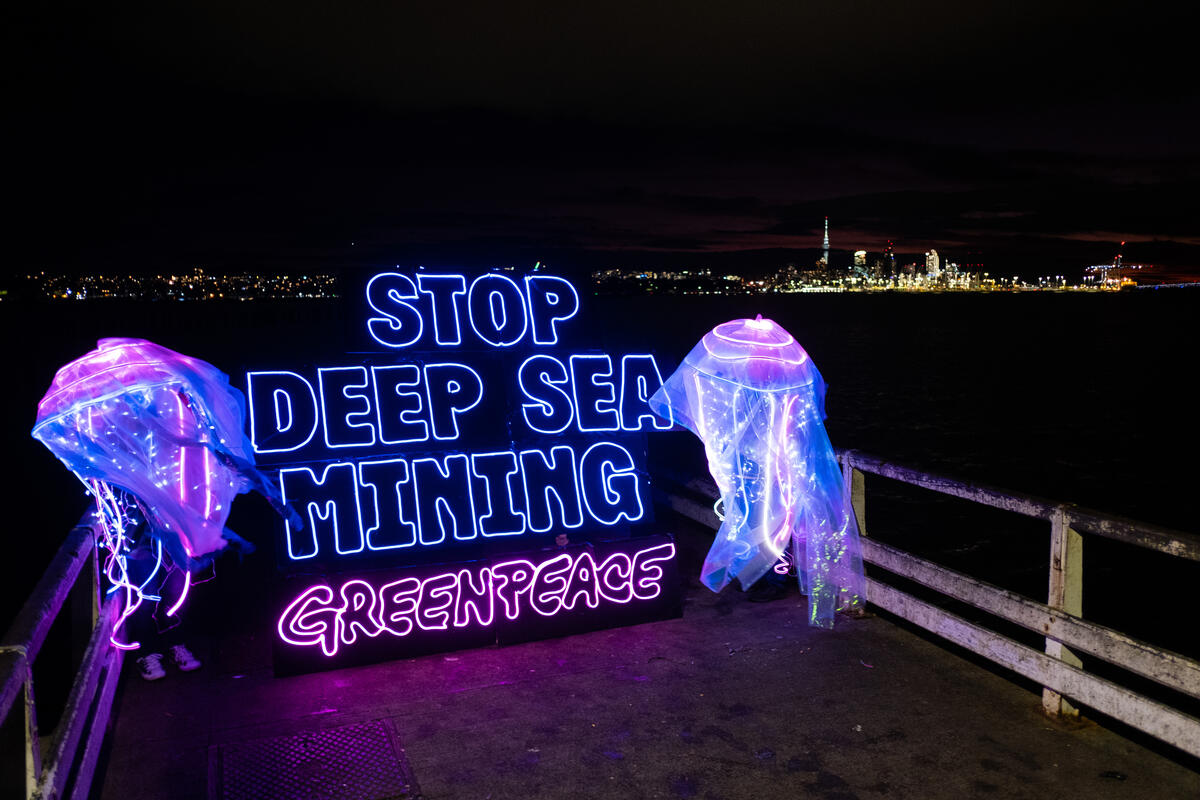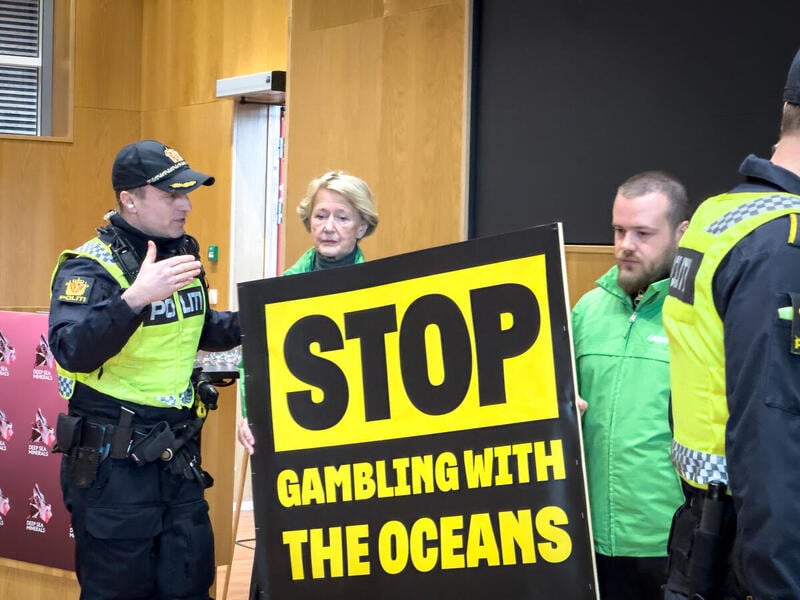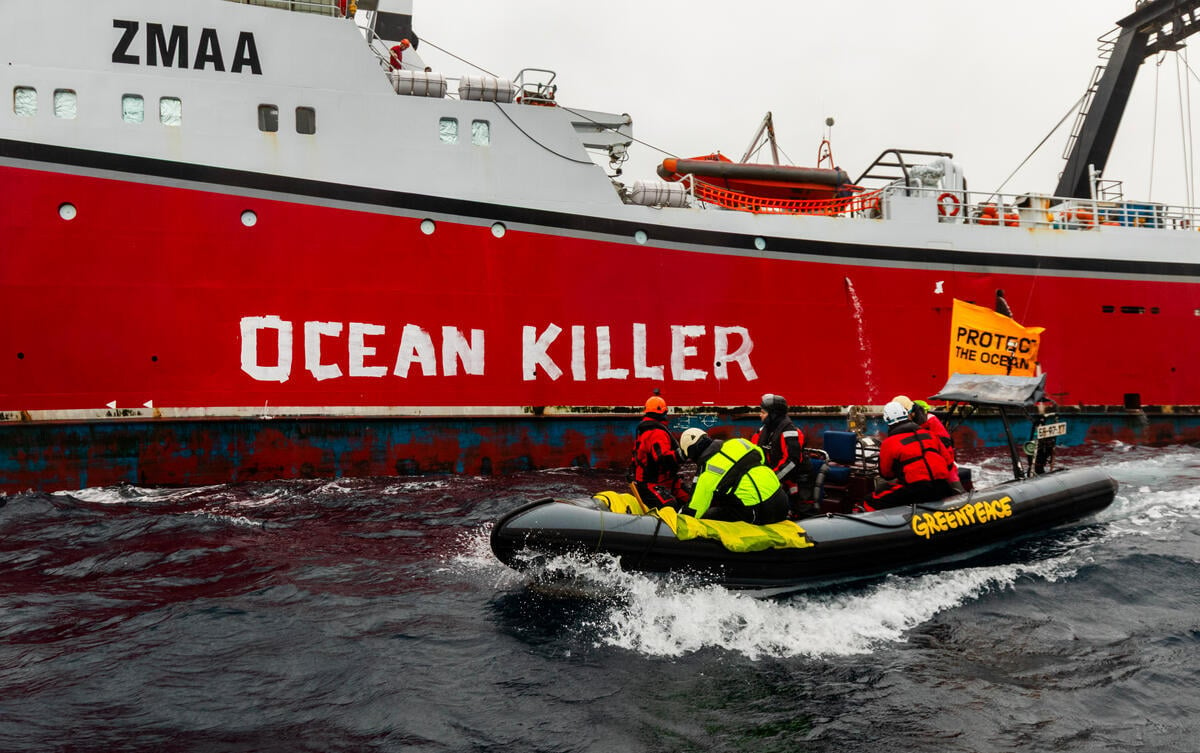Seamounts are large submarine volcanic mountains, formed through volcanic activity and submerged under the ocean. Though they were once seen as nothing more than a nuisance by sailors, scientists have discovered that the structures of seamounts form wildlife hotspots. The steep slopes of seamounts carry nutrients upwards from the depths of the seafloor towards the sunlit surface, providing the sea life with nutrient-rich food.
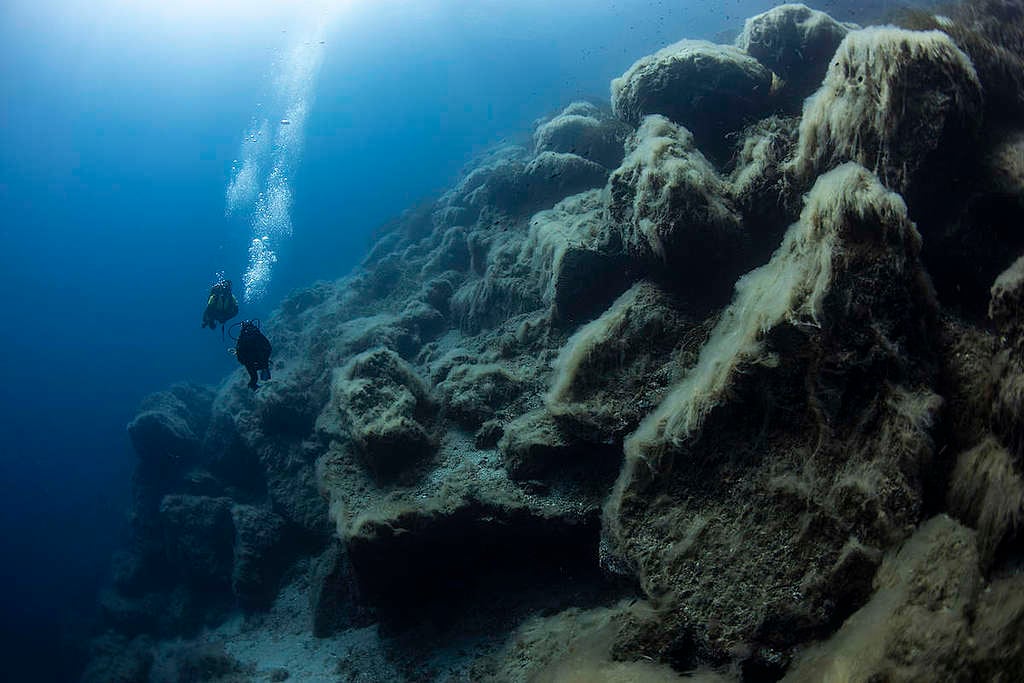
We are currently on an epic journey, sailing from the Arctic to the Antarctic. We are stopping along the way to do research that will help us understand the complexity of the massive amounts of water that surrounds us. Our next stop is the Mount Vema seamount and here are four things you need to know about it:
1/ Mount Vema is as high as 767 giraffes piled on top of each other
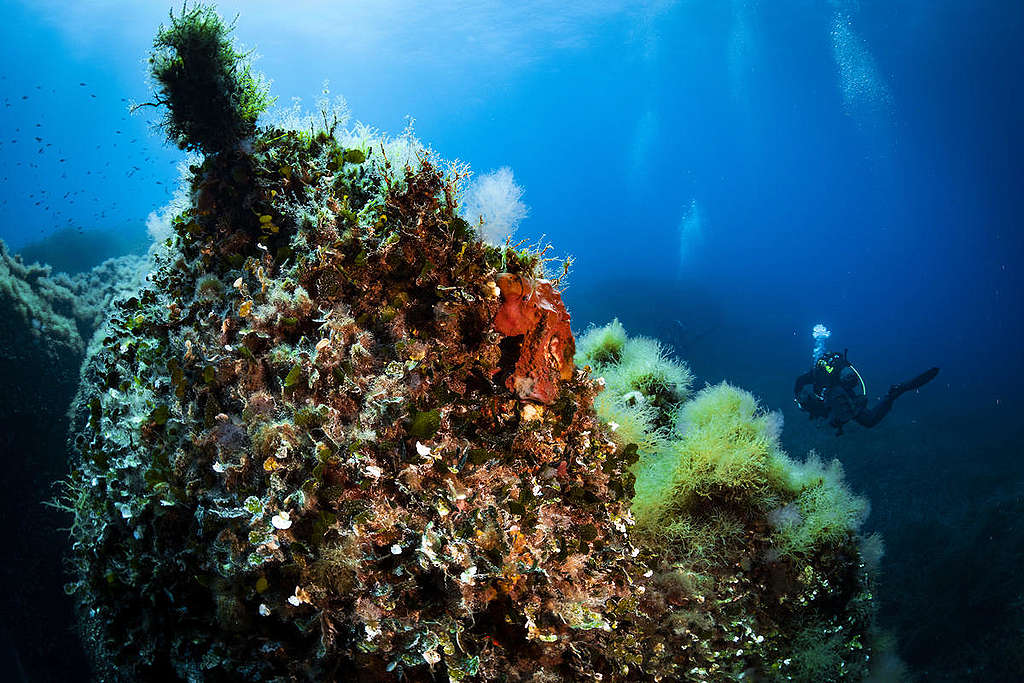
The Vema seamount was discovered in 1957 (some sources say 1959) by an Oceanographic Research vessel with the same name. From the ocean floor, it stretches 4 600m high. That is 4,5 times higher than the iconic Table Mountain in South Africa, or as high as 767 giraffes piled on top of each other . Which also means that the peak of Mount Vema is just 26m below the ocean surface, so it will be possible for Greenpeace to go there with human divers and show the amazing biodiversity of the region.
2/ The first explorers of Mount Vema were on a hunt for diamonds
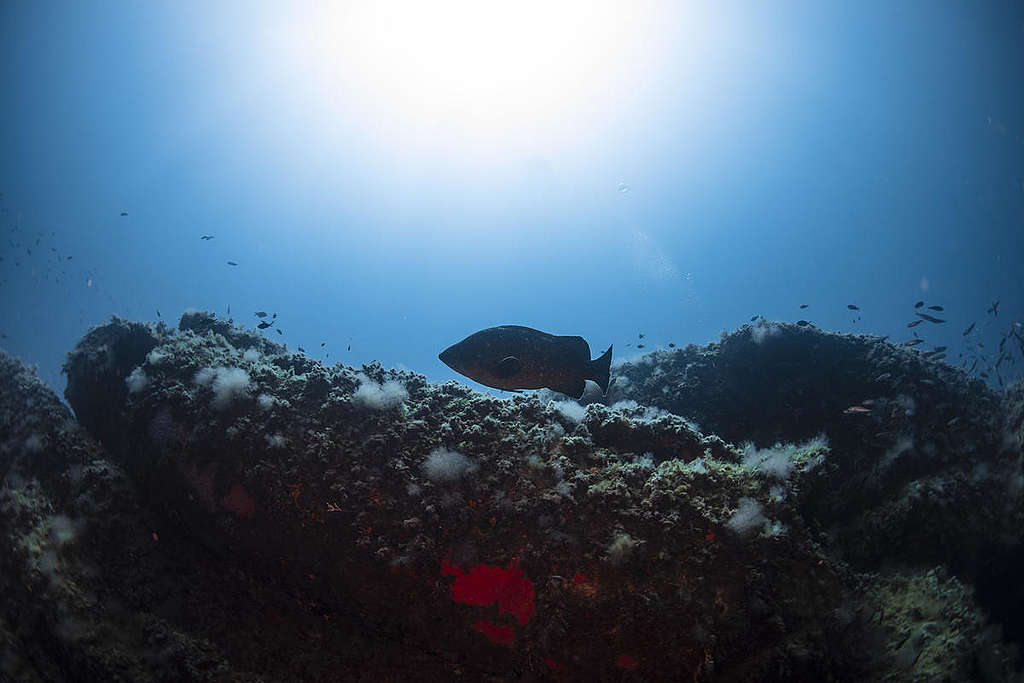
The discoverers initially hoped to find large diamond deposits on Vema. Instead they found another kind of wealth: the Tristan rock lobster or Jasus tristani, a lobster species that is otherwise found only on the Tristan da Cunha archipelago about 1,000 nautical miles away. This kind of lobster enjoyed great fame among seafood lovers and sold for a good price, before it became virtually extinct at Mount Vema due to overfishing. The population of Tristan lobsters still hasn’t recovered to this day
3/ Mount Vema is littered with abandoned fishing gear
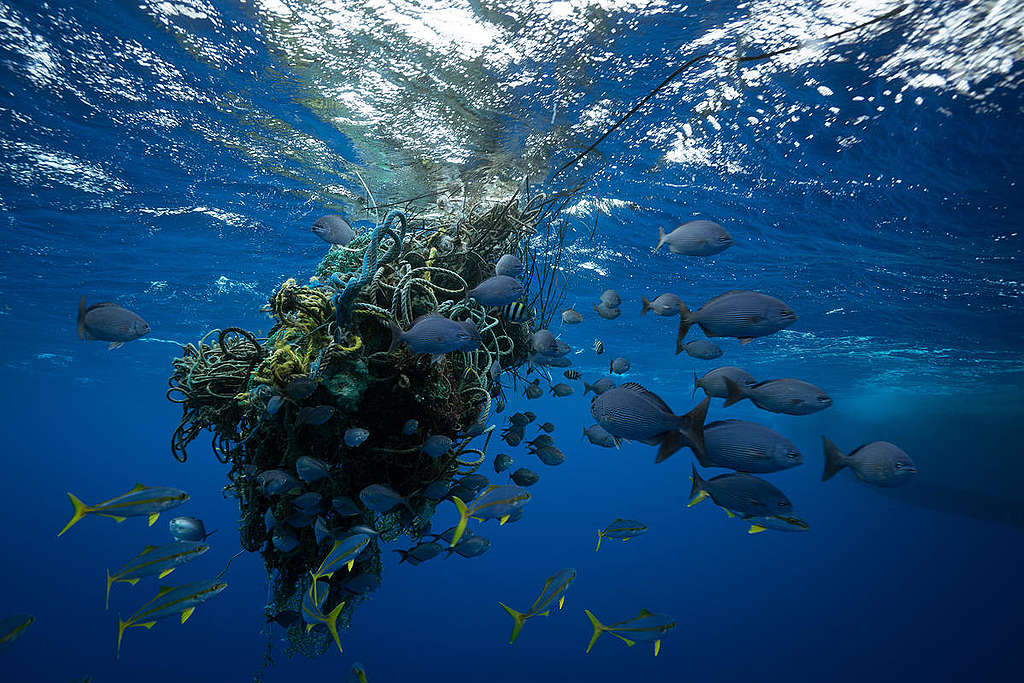
Now, instead of Tristan lobsters, surveys in the area only find old discarded fishing equipment, a deadly trap for numerous animals. Abandoned fishing gear, called “ghost gear” continues to catch sea creatures as if they were still being used, snaring and entangling species that cannot free themselves and end up dying. This damages both marine life and the fisherman who lose part of their potential catch.
4/ A Global Ocean Treaty could help protect this place
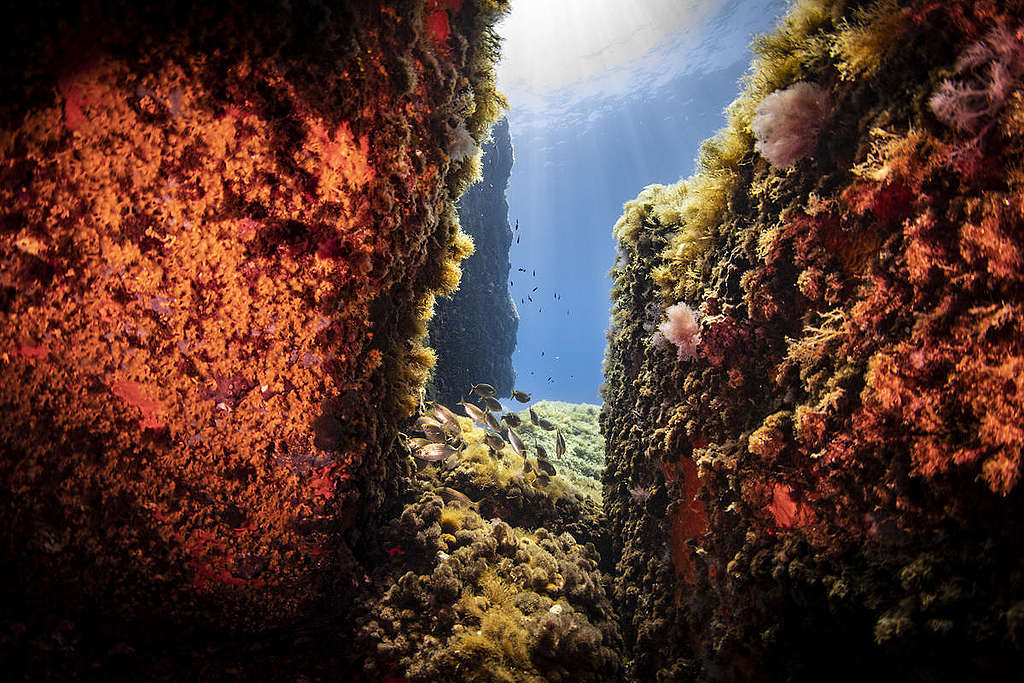
Seamounts like Mount Vema are often found miles from countries’ national waters, far out on the high seas. That makes it difficult to give them proper protection, as the gaps in existing regulations can be easily exploited by destructive industries. This is why we are campaigning for a global treaty to protect the high seas, so that unique ecosystems like Vema’s can finally be protected effectively.
Greenpeace is going from pole to pole to show the biodiversity, threats and possible solutions to protect our oceans, and Mount Vema is the next stop!
Joins us to cover our planet in ocean sanctuaries.
Helena Kowarick Spiritus is an oceans campaigner with Greenpeace Germany

